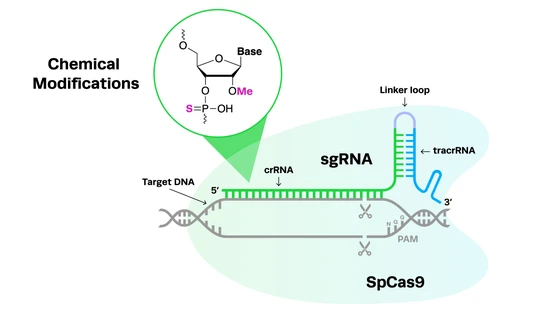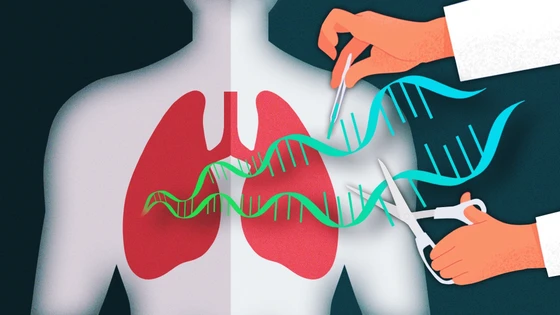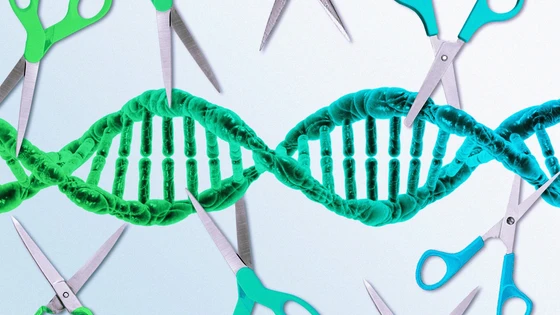In the latest CRISPR Office Hours, we were joined by Miguel Moreno-Mateos, a Principal Investigator at the Andalusian Center of Developmental Biology (CABD) in Sevilla, Spain. His lab is focused on the implementation and optimization of different CRISPR-Cas systems using zebrafish and other in vivo model systems.
Miguel shared with us how his lab is working to optimize RNA editing in zebrafish using CRISPR-Cas13, and told us about his experiences with COVID-19 disrupting an international zebrafish conference in Peru, and how it has impacted his life and research in Spain. Specifically, the following main topics were covered:
- Zebrafish as a Model Organism For CRISPR Research
- CRISPRscan: Designing sgRNAs For CRISPR-Cas9 Targeting In Vivo
- Optimizing CRISPR-Cpf1 System To Generate Mutations in Non-Mammalian Vertebrates
- Factors That Control Zygotic Genome Activation
- Using CRISPR-Cas13 To Optimize RNA Editing in Zebrafish
Watch the recording here, or jump down and read the summary — the choice is yours!
Zebrafish as a Model Organism For CRISPR Research
Miguel explained why zebrafish was a great model organism for CRISPR research. One main reason is that they can produce 200-300 embryos per week. This can be helpful to run experiments in a fast manner and in optimizing technologies such as CRISPR.
While the applications of CRISPR-Cas systems have been extremely useful in eukaryotic cells, their application has been largely limited to in vitro cell cultures. The in vivo applications of CRISPR-Cas usually require additional modifications and adjustments. In Miguel's lab, they are primarily interested in the implementation and optimization of different CRISPR-Cas systems using zebrafish and other in vivo model systems.
CRISPRscan: Designing sgRNAs For CRISPR-Cas9 Targeting In Vivo
Miguel discussed how initially his team generated CRISPRscan, an algorithm to efficiently predict gRNA activity and CRISPR-Cas9 activity in vivo. Other teams had previously predicted the activity of the system in mammalian cells, but in vivo experiments can be quite different. The variable activity across different single guide RNAs (sgRNAs) remains a significant limitation.
Miguel’s team found some important differences between ex vivo and in vivo predictions. They analyzed the molecular features that influence sgRNA stability and activity in vivo. Based on these results, they developed a predictive-sgRNA-scoring algorithm known as the CRISPRscan. This algorithm can effectively capture the sequence features affecting the activity of CRISPR-Cas9 in vivo.
Optimizing CRISPR-Cpf1 System To Generate Mutations in Zebrafish
Cpf1 is a newly discovered CRISPR-Cas DNA endonuclease1 and it displays a range of activity across different systems. In mammalian cells, AsCpf1 and LbCpf1 are the two Cpf1 proteins that have been used for genome editing.
Miguel’s team worked on characterizing and optimizing the CRISPR-Cpf1 genome editing system in zebrafish. They demonstrated that LbCpf1, ribonucleoprotein complexes allow efficient mutagenesis in zebrafish and Xenopus, while AsCpf1 does not. They also showed the following:
1) The temperature modulates Cpf1 activity by controlling its ability to access genomic DNA. This especially affects AsCpf1, which experiences a reduced performance below 37 °C.
2) In the absence of Cpf1 protein, the crRNAs are unstable and degraded in vivo. The CRISPR-Cpf1 RNP complexes efficiently mutagenize the zebrafish genome;
The researchers also developed a step-by-step protocol to design and generate crRNAs in vitro, purify recombinant Cpf1 proteins, and assemble ribonucleoprotein complexes to carry out efficient mutagenesis in zebrafish in a constitutive and temperature-controlled manner.
Factors That Control Zygotic Genome Activation
After fertilization, the metazoan genome remains transcriptionally silent. The maternal-to-zygotic transition (MZT) is a complex cellular reprogramming event in vivo at the beginning of new life. It is during the MZT that the genome activation typically occurs. Miguel’s lab has been working on uncovering new regulatory factors that control early development. This will help us better understand cell reprogramming in vivo. In a recent study, they have shown that the transcriptional competency in zebrafish is regulated by Brd4- and P300-dependent histone acetylation.
In addition to Brad4 and P300, his lab is interested in identifying other factors that might be involved in zygotic genome activation.
Using CRISPR-Cas13 To Optimize RNA Editing in Zebrafish
Miguel discussed some advantages of using CRISPR-Cas13 in zebrafish. He mentioned that it was highly specific and more efficient than RNAi. And by using this method, there was no need to depend on endogenous machinery.
The focus of his lab was to optimize the CRISPR-Cas13 system in order to carry out a functional screen that will help understand which maternal RNAs are important for early development. During the session, he explained in detail how he used CRISPR-Cas13 to knock-down mRNAs in vivo. Although CRISPR-Cas13 systems have been employed to induce RNA degradation in yeast, plants, and mammalian cell lines, no systematic studies of the potential of Cas13 have been carried out in an animal system. In a recent paper, Miguel’s team demonstrated that CRISPR-Cas13d was an effective system to deplete specific mRNA transcripts in zebrafish embryos.
We hope you found this article useful.
Free CRISPR Consultation
Want to know how to optimize your CRISPR experiment to get guaranteed editing results? Schedule a free discovery call and project consultation with a genome engineering expert.








